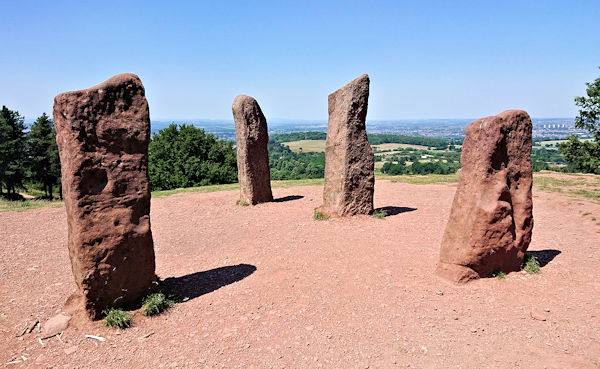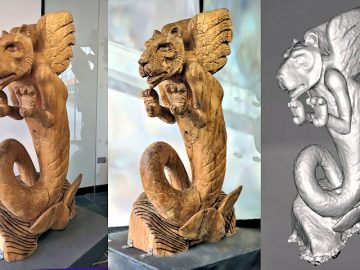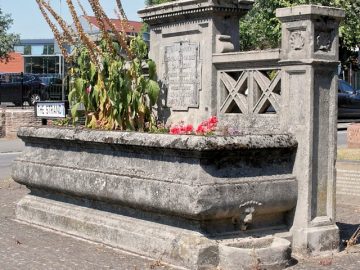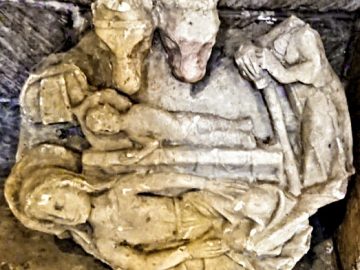The small architectural details can be an important aspect of our enjoyment of the built environment, although often we don’t consciously take them in. Sometimes that’s simply because we pass them too quickly, or sometimes just because they’re not in a position we’d naturally look to. I think that’s the case with the basic low-quality scan here, which is of the early 20th Century terracotta face above the entrance to 60 Newhall Street, in Birmingham UK. It’s a beautiful piece of architectural artwork, but unless you happen to stop and look up it’s easy to miss. However, take a little time to do so and you’ll realise the extent the builders went to when trying to create a visually impressive building facade. You’ll likely also be in awe of the work that they must have put into making not just a face but also many other details and scrollwork. And, given that it’s weathered the elements without significant damage for over a century, it was obviously made to a high quality.
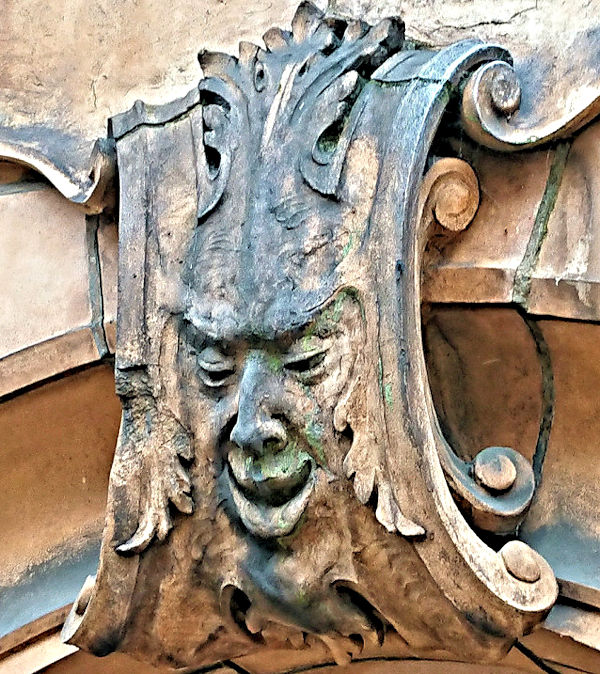
Quick summary of this 3D creation
Overview: A very basic scan of the terracotta face above the porch to 60 Newhall Street in Birmingham.
Location: Newhall Street, Birmingham, central England, United Kingdom [map].
Date/era: Early 20th Century.
Software used: Sony 3DCreator Android app, Meshmixer.
Intended use: 3D printing, either in resin or fused filament, the latter being possible without any support material.
The building the terracotta face is located on is one of a group, from around 1900, that are listed. The information from Historic England describes the doorway area as “Ground floor with central modern shop front and the entrance in little porches, wholly of terracotta, carried up to first floor level and terminating in tent roofs. Over the porch arches sumptuous scrollwork and a first moor 3-light window.” Therefore, not only can you find the terracotta face in Newhall Street, but also a whole area of Birmingham filled with some inspiring architectural wonders. So, given the history and artistic quality of the terracotta face, I decided to try to 3D scan it. And, while I’m not overly happy with the level of detail I achieved, I decided to post it here for posterity as 3D scans of this type of architectural feature are hard to find.
The scan was made with the excellent Sony 3D Creator app on an Xperia XZ1 Compact smartphone. Unfortunately, due to having no way to get up to the height of the face, the scan had to be made using a selfie stick. That wasn’t ideal (in fact, I couldn’t see the phone screen at all during most of the scanning) so many details are missing, especially the fine sharp details, although the scan does give a good idea of how beautiful this architectural feature is. Also, for use in small-scale building modelling, it should provide enough detail when not viewed too closely.
However, I think it’s fair to say that I learned something very useful from attempting this scan: while using a smartphone app for making representations of historic features, for 3D printing, can work very well, more sophisticated 3D scanners are needed for recording them for posterity. But, of course, I wasn’t trying to make a fully-featured scan for historical study, so I was willing to accept that the finished model wouldn’t be a completely accurate 3D scan.
The scan was then post-processed using Meshmixer to remove extraneous areas and to remesh to a sensible file size for speed of use in the Sketchfab viewer, as well as to allow speedy downloads. The solidify tool was used for that, with the sharp edge preserving setting allowing a sensible file size with minimal loss of the limited detail contained in the original scan. You can see the finished model on Sketchfab below (click the play button to load the model and view it in 3D).
The 3D printed version in the photo below was printed in PLA using an XYZPrinting DaVinci Jr printer. It did a good job of creating a usable print, although given the detail in the model a better print could be made with a resin printer. That’s especially true of the scrollwork and other details around the edges, which you’ll notice are more visible in the Sketchfab viewer above than in the 3D print. It was then painted with Pebeo craft acrylics to give a terracotta effect, followed by a coat of matt varnish to control the shininess of the surface.
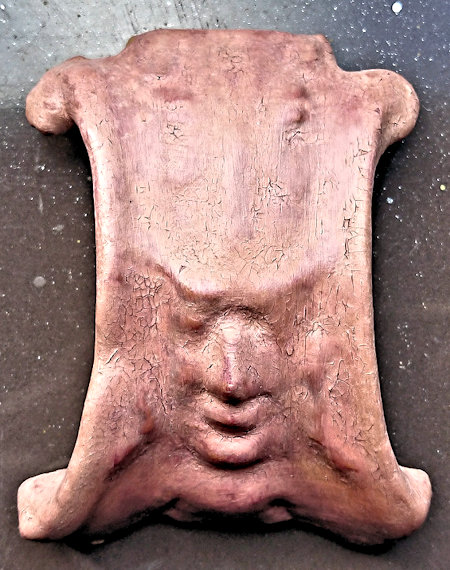
Use of craft acrylics, which are quite thick, also reduced the detail visible in the photo, so thinner paints (such as from The Army Painter or Citadel) could have been a better option. However, use of acrylic paint helped hide layer interface lines, so thinner paints could result in a need to use a high build primer, which would also reduce detail. So, I think this is an example of a model that really needs to either be printed at a large size, or using a resin 3D printer. If you want to try 3D printing it yourself, click here to go to the MyMiniFactory page to download it.
So finally, in case you’d like to use the methods in this project for your own work, let’s recap on what was involved:
- The Sony 3DCreator Android app was used to create a basic 3D scan on a smartphone, which provided a good representation albeit with much loss of detail due to difficulty accessing the height at which it was located.
- On a PC Meshmixer was used to tidy the 3D scan, including cutting away unwanted material, smoothing poorly scanned areas, and sharpening edges.
- Meshmixer was also used to solidify/remesh the model, to achieve a much smaller file size.
- The finished 3D model was then test printed in PLA and found to print to an acceptable quality.
- Due to the limited amount of detail in the final model, resin printing wasn’t considered necessary, although it should work well, especially for small prints, and would have allowed use of thinner paints and so less loss of detail.
Please note that this scan is provided without any license for commercial use. It is intended simply as a model you can have the fun of printing yourself. And of course it is intended to be a motivation for you to visit Birmingham yourself and hopefully go over to Newhall Street to have a look at the terracotta face: click here to see the location in Google Maps.

